#vertebres
Text
here’s a fun animal I saw in Borneo: the mammal!
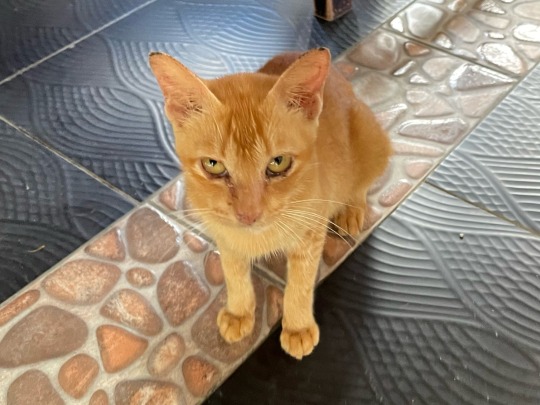
unlike the rest of us, mammals are endothermic and produce their own body heat—but they’re not birds! it is covered in a thick coat of hair (you guessed it, separate evolutionary origin from feathers) and secretes a fatty liquid from special glands to nurture its larvae. mammals can be found almost worldwide and are highly adaptable. this one was making odd squeaking noises, possibly begging for morsels of food.
here’s another mammal I saw. pretty sure it’s a different species but I’m not an expert on identifying them
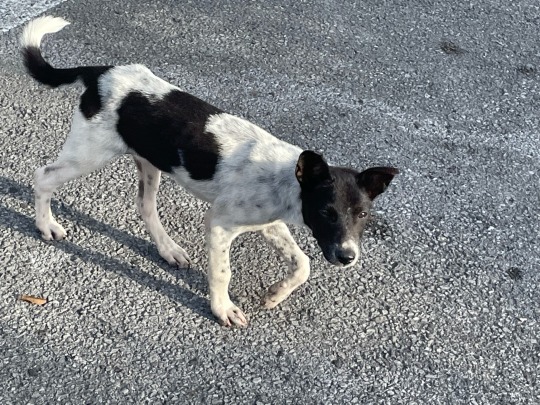
fun mammal fact: some are curiously soft to the touch! try palpating the next mammal you see, but please be careful. some may bite!
11K notes
·
View notes
Text

Skin? Moisturized. Teeth? Tusk-like. Today’s mood? Mastodonsaurus giganteus. This animal lived during the Late Triassic about 215 million years ago. It’s an extinct relative of frogs and salamanders, but it probably behaved more like a crocodile: Its large, flat skull and tusk-like teeth (some of which protruded through the skull) seem to be adapted for seizing large prey. You can see this life-sized model in the Museum’s Hall of Vertebrate Origins! Plan your visit.
#science#amnh#museum#nature#natural history#animals#fact of the day#paleontology#did you know#cool animals#mastodonsaurus#triassic#vertebrates#ancient animals#fossil friday
2K notes
·
View notes
Text
People are really starting to forget that Emily Willoughby is a Nazi. Her artistic talent is irrelevant to the fact that she's a eugenicist piece of shit. For reference, her PhD was just "white people are genetically predisposed to having a higher intelligence than people of color". She has never taken accountability and has continued to double down with the classic "sorry but that's just the truth". There are professional paleontologists on Facebook praising her. Why is she still allowed in these circles or anywhere in science? Why are her opinions still valued?
Her continued presence in these spaces puts people's complacency on full display. She throws people of color and Jews under the bus and the fact that she hasn't been fully shut out tells me a lot about our field.
#for people who study vertebrates they sure dont show any spine#im so pissed im sorry as a jew seeing her get away with this is INFURIATING#paleontology#science#art#paleoblr#palaeoblr#paleo#!
1K notes
·
View notes
Text
This is from last summer (I found it while trying to clean up browser tabs--oops.) Anyway, it's one of many examples of critically endangered species showing an upturn in population with support. The Devils Hole pupfish is particularly imperiled because it is only found in one flooded cavern in Nevada's Amargosa Desert; the species is likely descended from fish that were washed in there by flooding thousands of years ago, and have managed to eke out a living in the hot, oxygen-deficient water ever since.
This is one of the first species ever listed under the U.S. Endangered Species Act. Devils Hole is threatened by groundwater depletion from well drilling, and after the pupfish's ESA listing there were numerous legal battles between conservationists and farmers over water usage. Water levels reached their lowest point in the early 1970s, but have been slowly rising since then.
Scientists are excited because the current wild population (at least as of last fall) is at 263 fish. That's up from just 35 in 2013, the lowest recorded population ever. There are a few hundred more in captivity, being used to breed more young for reintroduction. The hope is that this fall's wild count will break 300, a good sign for the world's most endangered fish.
By the way, THIS is the entirety of the Devils hole pupfish's habitat, the only place in the world where they are found:
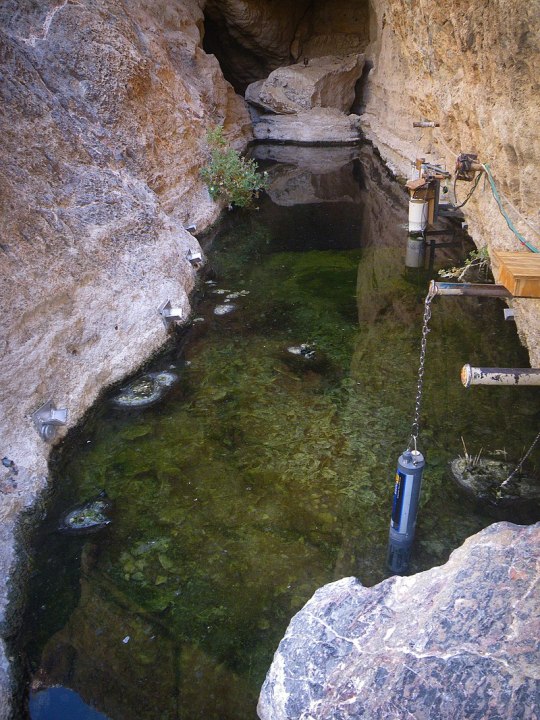
#Devils Hole pupfish#Devils Hole#fish#icthyology#vertebrates#animals#wildlife#endangered species#endangered animals#extinction#nature#ecology#environment#conservation#science#scicomm#Nevada#United States#Endangered Species Act#Endangered Species List
1K notes
·
View notes
Text
Just learned that tadpoles with injured tails sometimes regenerate them with extra legs
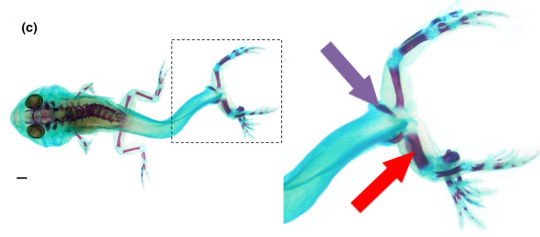
[src]
So that's neat.
#the more you know#frogs#science#animals#zoology#developmental biology#holy shit#this is called a homeotic transformation#and I think I have only really heard about them in fruitflies#so seeing it in frogs really fucked me up#how incredibly cool#I always thought the creatures from Pandora could not exist in vertebrates#because homeotic transformations in the *middle* of the trunk were basically impossible to achieve in a survivable manner#but it had not occurred to me that you could just… add more to the end#this changes everything
3K notes
·
View notes
Text
One of the best details of Buddy Daddies is to see how Rei's posture improved when he stopped being a murderer.


It is even preserved upright years later, being a dilf.
It is no longer a robot in off mode, and on when it is a killer. Now it's papa Rei cooking toast! 🥪
#I love papa Rei#His vertebral column will thank you!#Buddy Daddies#rei papa#Kazuki papa#Miri chan#miri unasaka#buddy daddy spoilers
2K notes
·
View notes
Text

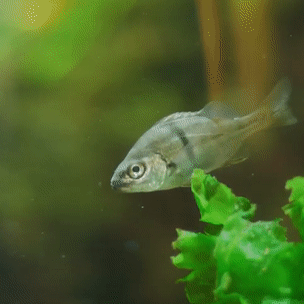

Juvenile Fish Explore the Enchanted Kelp Forest | The Critter Corner
[ID: 3 gifs of 3 different small fish swimming between leaves of kelp]
504 notes
·
View notes
Text
How old were you when you realised that Vishnu's Dashavataras represent the evolution of mankind
#matsya = fish#kurma = sea dwellers#varaha = the first vertebrates#narsimha = half man half animal#parshurama = man with axe/weapon#vamana = man developing higher intellect#rama = the perfect man#krishna = man developing consciousness about dharma and adharma#buddha = man ascending to enlightenment#kalki = the end of adharmi mankind#i havent slept in 4 days#hinduism#hindu memes#hindu epics#hindu mythology memes#hindu mythology#hindublr#hindusim#vaishnavism#vishnu
192 notes
·
View notes
Text
I donated my dino blanket (interlocking crochet) to the benefits auction at the 2023 annual meeting of the Society of Vertebrate Paleontology. I didn't expect my blanket to be reserved for the live auction portion (most of the auction is the silent kind). I'm ecstatic about how it did and the crowd's reaction to it. $375 for SVP programs and scholarships!
Certainly $375 is less than I would have asked for if I was selling it, but I'm happy a paleontologist is taking it home and the money is going to a good cause. 😊
Below is a close-up of the blanket hung on my wall for beauty pictures. Don't worry, it was hanging for only a couple minutes.
It took me ~40 hours over 5 months in 2022 to crochet. 18 skeins of yarn. ~6660 yards of yarn. ~8 lbs in weight. ~92 inches x ~62 inches.
This is the pattern I used: Tenacious T-Rex
It really isn't a T. rex. It has too many fingers. I don't know what type of theropod it is. Some other options I considered were Acrocanthosaurus or Giganotosaurus but both of them have 3 fingers.

#awesome#svp2023#svp#paleontology#society of vertebrate paleontology#crochet#interlocking crochet#dinosaur
452 notes
·
View notes
Text


The archeocete Perucetus colossus dives through a coastal bloom of jellyfish in the Pisco Basin (southern Peru), some time during the Eocene (with bonus multiview).
I originally intended to add epibionts to this reconstruction (reflecting the specialized communities found on many living whales, especially baleen whales). Yet, interestingly, it appears that most animal epibionts and ectoparasites of modern cetaceans, such as whale barnacles (Hayashi et al. 2013) and remoras (Friedman et al. 2013), only appeared in the Neogene or late Paleogene, or have a poorly known (co-)evolutionary history, like whale lice (Pfeiffer 2009, Iwasa-Arai & Serejo 2018) and pennellids (large parasitic copepods) (Hermosilla et al. 2015). So, no epibionts* for big lad Perucetus!
References and notes about the reconstruction:
*animal epibionts. Unicellular eukaryotes like diatoms were most likely present on early cetaceans, given their prevalence on modern large marine animals (Ashworth et al. 2022). Of course, it is possible that other animals (i.e., early, less specialized representatives of modern groups, or different taxa altogether) were also already exploiting the surfaces offered by these early whales; however, this remains entirely speculative.
The reconstruction of Perucetus proposed in its original description (Bianucci et al. 2023) includes some rather odd (if interesting) choices about soft tissues, including limbs with webbed and distinguishable fingers, and a manatee-like tail. While these choices might be defendable in light of the rather basal status of Perucetus among cetaceans, I opted for a more derived look based on the assumption that fully marine cetaceans like basilosaurids would have probably rapidly acquired hydrodynamically favorable adaptations, pushing them towards a more familiar Neoceti-like appearance (even though Perucetus itself was likely a poor swimmer (Bianucci et al. 2023), it seems likely to me that this was a secondarily acquired trait, given the less extreme morphology of other basilosaurids).
Reconstruction in the multiview scaled to ~18 m in length after the estimations of Bianucci et al. (2023).
References:
Ashworth, M. P., Majewska, R., Frankovich, T. A., Sullivan, M., Bosak, S., Filek, K., Van de Vijver, B., Arendt, M., Schwenter, J., Nel, R., Robinson, N. J., Gary, M. P., Theriot, E. C., Stacy, N. I., Lam, D. W., Perrault, J. R., Manire, C. A., & Manning, S. R. (2022). Cultivating epizoic diatoms provides insights into the evolution and ecology of both epibionts and hosts. Scientific Reports, 12(1), Article 1. https://doi.org/10.1038/s41598-022-19064-0
Bianucci, G., Lambert, O., Urbina, M., Merella, M., Collareta, A., Bennion, R., Salas-Gismondi, R., Benites-Palomino, A., Post, K., de Muizon, C., Bosio, G., Di Celma, C., Malinverno, E., Pierantoni, P. P., Villa, I. M., & Amson, E. (2023). A heavyweight early whale pushes the boundaries of vertebrate morphology. Nature, 620(7975), Article 7975. https://doi.org/10.1038/s41586-023-06381-1
Friedman, M., Johanson, Z., Harrington, R. C., Near, T. J., & Graham, M. R. (2013). An early fossil remora (Echeneoidea) reveals the evolutionary assembly of the adhesion disc. Proceedings of the Royal Society B: Biological Sciences, 280(1766), 20131200. https://doi.org/10.1098/rspb.2013.1200
Hayashi, R., Chan, B. K. K., Simon-Blecher, N., Watanabe, H., Guy-Haim, T., Yonezawa, T., Levy, Y., Shuto, T., & Achituv, Y. (2013). Phylogenetic position and evolutionary history of the turtle and whale barnacles (Cirripedia: Balanomorpha: Coronuloidea). Molecular Phylogenetics and Evolution, 67(1), 9–14. https://doi.org/10.1016/j.ympev.2012.12.018
Hermosilla, C., Silva, L. M. R., Prieto, R., Kleinertz, S., Taubert, A., & Silva, M. A. (2015). Endo- and ectoparasites of large whales (Cetartiodactyla: Balaenopteridae, Physeteridae): Overcoming difficulties in obtaining appropriate samples by non- and minimally-invasive methods. International Journal for Parasitology: Parasites and Wildlife, 4(3), 414–420. https://doi.org/10.1016/j.ijppaw.2015.11.002
Pfeiffer, C. J. (2009). Whale Lice. In W. F. Perrin, B. Würsig, & J. G. M. Thewissen (Eds.), Encyclopedia of Marine Mammals (Second Edition) (pp. 1220–1223). Academic Press. https://doi.org/10.1016/B978-0-12-373553-9.00279-0
#'a heavyweight early whale pushes the boundaries of...' blablabla you've all read it by now#i have nothing to add#it's fat#look at it#that is all#perucetus#cetacean#mammal#vertebrate#eocene#cenozoic#paleontology#palaeoblr#paleoart#my art
420 notes
·
View notes
Text

Clownfish at Osaka Aquarium Kaiyukan
#fish#clownfish#aquatic animals#animals#marine biology#nature#wildlife#nature photography#photography#mine#ecology#naturalist#vertebrates#asia#japan#aquarium#zoo animals#zoo#fishes
571 notes
·
View notes
Text
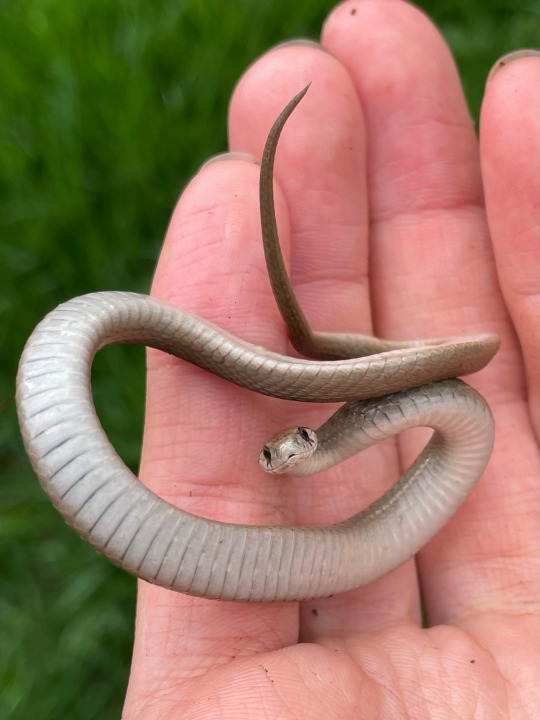

cooler darker day than the past week so this young Storeria dekayi was a little sluggish, but awake enough to threaten me (trying its best).
2K notes
·
View notes
Text
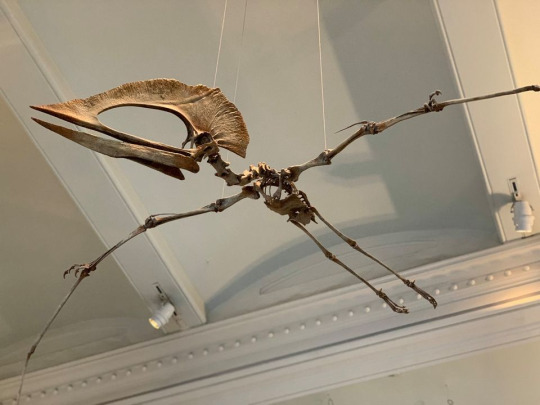
Happy Fossil Friday! Let’s fly back in time to the Cretaceous some 110 million years ago to meet Tupuxuara leonardii. This flying reptile had a wingspan of about 15 ft (4.5 m) and a huge fan-shaped crest. But why the elaborate headgear? Scientists think that pterosaurs could have used their distinctive crests to steer during flight, to recognize members of the same species, or to attract mates. Like the crests of some modern birds, they may have also been brightly colored.
Photo: © AMNH
#science#amnh#museum#fossil#nature#natural history#animals#paleontology#ancient animals#did you know#fact of the day#fossil friday#pterosaur#vertebrates
655 notes
·
View notes
Text
Daily fish fact #500
🎉🐟🎊500 daily fish facts reached! 🎊🐟🎉




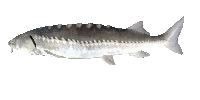




And I could not have done it without you.
🐟🐟🐟 Thank you. 🐟🐟🐟
From the bottom of my ranch-filled heart.
Perhaps this much celebration is already enough, let's move onto the actual fact...
General fish fact!

The very first animals that could be considered fish appeared around 500 million years ago, during the Cambrian period. They've been evolving and diversifying ever since! With 35 000 discovered extant species and counting, there are more species of fish than there are species of mammals, birds, reptiles, and amphibians combined.
#theres about 6 400 extant species of mammals#about 10 000 extant bird species#10 000 extant reptiles (other than birds i mean)#and 8 200 extant amphibian species#now. different sources have different numbers for fish confusingly.... but fishbase as of now lists that there are 35 100 to be more exact!#its all very fascinating! perks of having a nice headstart to all the other groups of vertebrates#fish#fishfact#fish facts#fishblr#marine biology#biology#zoology
473 notes
·
View notes
Text

This FB post (which was public at the time I grabbed this screenshot) is Reason #90510 I teach nature identification classes and am SO adamant that my students look at ALL the details of a given animal/plant/fungus. Also, I ran the photo through iNaturalist just for the heck of it. Its first suggestion was timber rattlesnake (Crotalus horridus), but its second was western rat snake (Pantherophis obsoletus). This is why you never, ever, ever use an app as our only tool for identification, because you need to also have the critical thinking and observation skills to be able to differentiate between species, to include when the app offers up two similar species where the difference can be a serious matter.
I hope the OP makes a quick and full recovery, because I can't imagine getting tagged by a venomous snake is much fun. Please skip any judgemental comments about Darwin Awards, etc.--I have seen plenty of intelligent people make bad mistakes, and have even made a few myself, though none with quite this level of consequence. It can happen to anyone; thankfully OP realized their error in time to get medical help.
#snake#snakes#cw snakes#rattlesnake#Crotalus#nature#nature identification#wildlife#animals#herpetology#herps#educational#science#scicomm#venomous snakes#sneks#medical#emergency medicine#reptiles#vertebrates
327 notes
·
View notes
Note
Quick, while the frog purists aren't looking, what's your favorite salamander?
No question, salamanders of the genus Thorius, the smallest salamanders in the world.

[Thorius pennatulus — src]
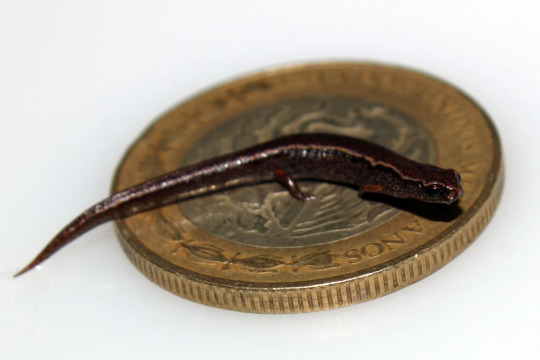
[Thorius sp. — src]
Truly astonishing creatures.
#Thorius#salamanders#caudata#amphibians#herpetology#these salamanders have a really shit surface:volume ratio#but they are LUNGLESS#so they respire entirely over that tiny surface#which is just astonishing#they also have ENORMOUS genomes#which means that they have huge cells#but they're small#so they don't have a lot of cells#they are pushing the limit to how small a vertebrate can be#and this is what I am going to be working on with my lab#how small can you get and still function as a vertebrate?#surely not much smaller than this#answers by Mark#anon#anonymous
908 notes
·
View notes